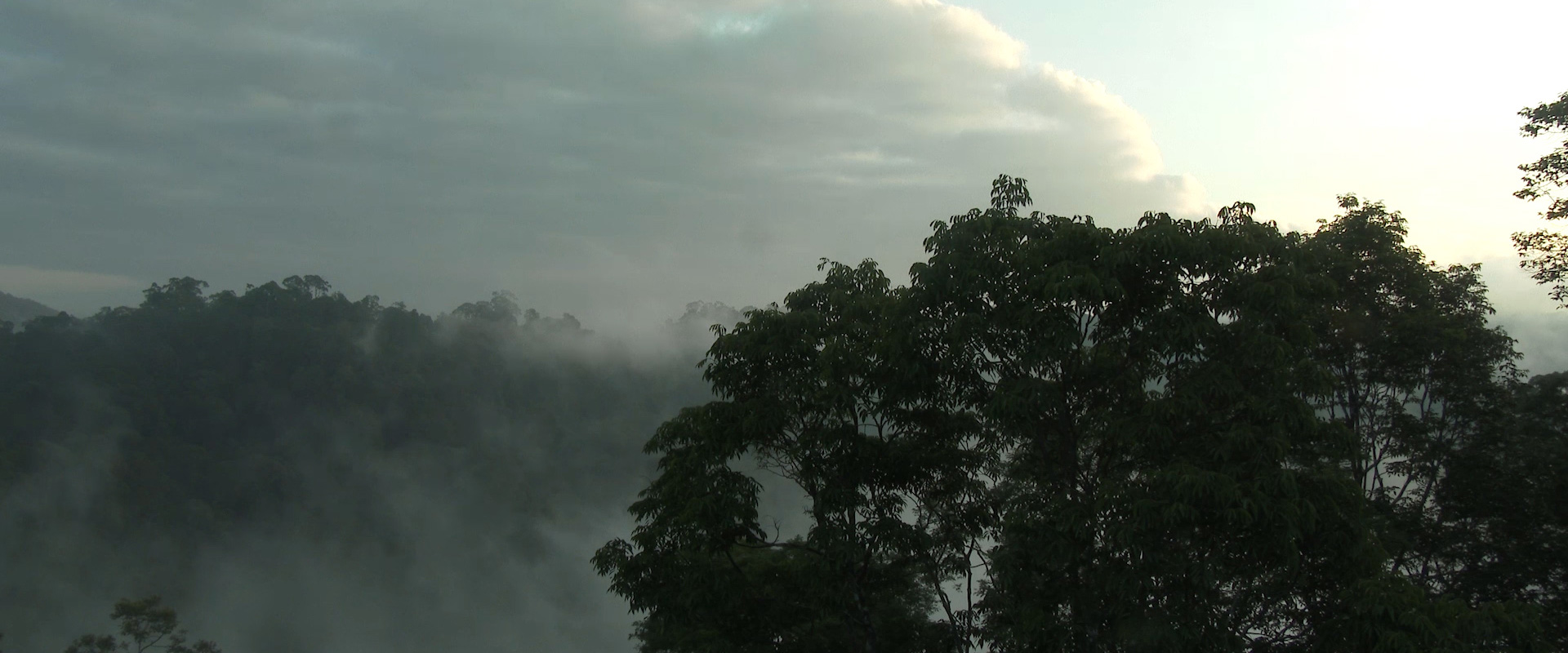Background on Ecosystem
The Paleotropics (“old tropics”) are located in areas near the equator in the Eastern Hemisphere. These include landscapes in Africa, Asia and Oceania (islands north of Australia). The plants, especially the trees, look like “prehistoric” jungles that you might see in Hollywood movies. The sounds of these places come from animals whose calls are loud, diverse and very symbolic of a place that has a long history. The research we have conducted in the Paleotropics was located on the island of Borneo in the eastern portion of the country of Brunei. Here, the trees are very tall (over 300 feet tall) and the tree diversity is the most of any place studied in the world (over 1500 species of trees in a 20 ha site). Common animals that occur here that make sound include: gibbons, hornbills, cicadas, tropical tree frogs, and the barking gecko. Part of our work here is designed to compare to the Neotropics, which are geologically much younger. For comparison, the Paleotropical landscapes in Borneo are over 100 million years old, and those in Costa Rica, our Neotropical study site, are only 2-3 million years old.
Specific Location
Eastern portion of Brunei, island of Borneo January-April 2014
Biome Classification(s)
Köppen-Geiger: Af Equatorial Tropical
Threats to Ecosystems and Animals
Logging especially to harvest very straight trunks of old growth trees, palm oil plantations and habitat fragmentation that reduces the amount of core area for large mammal species to live.


